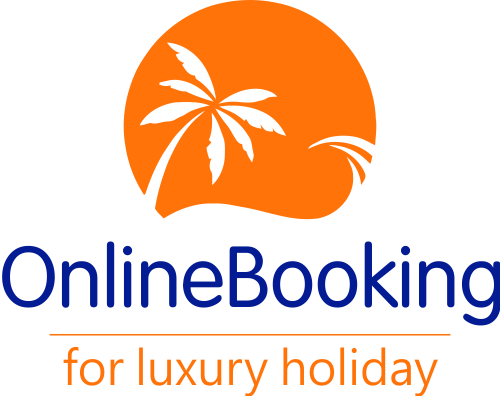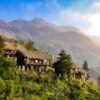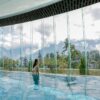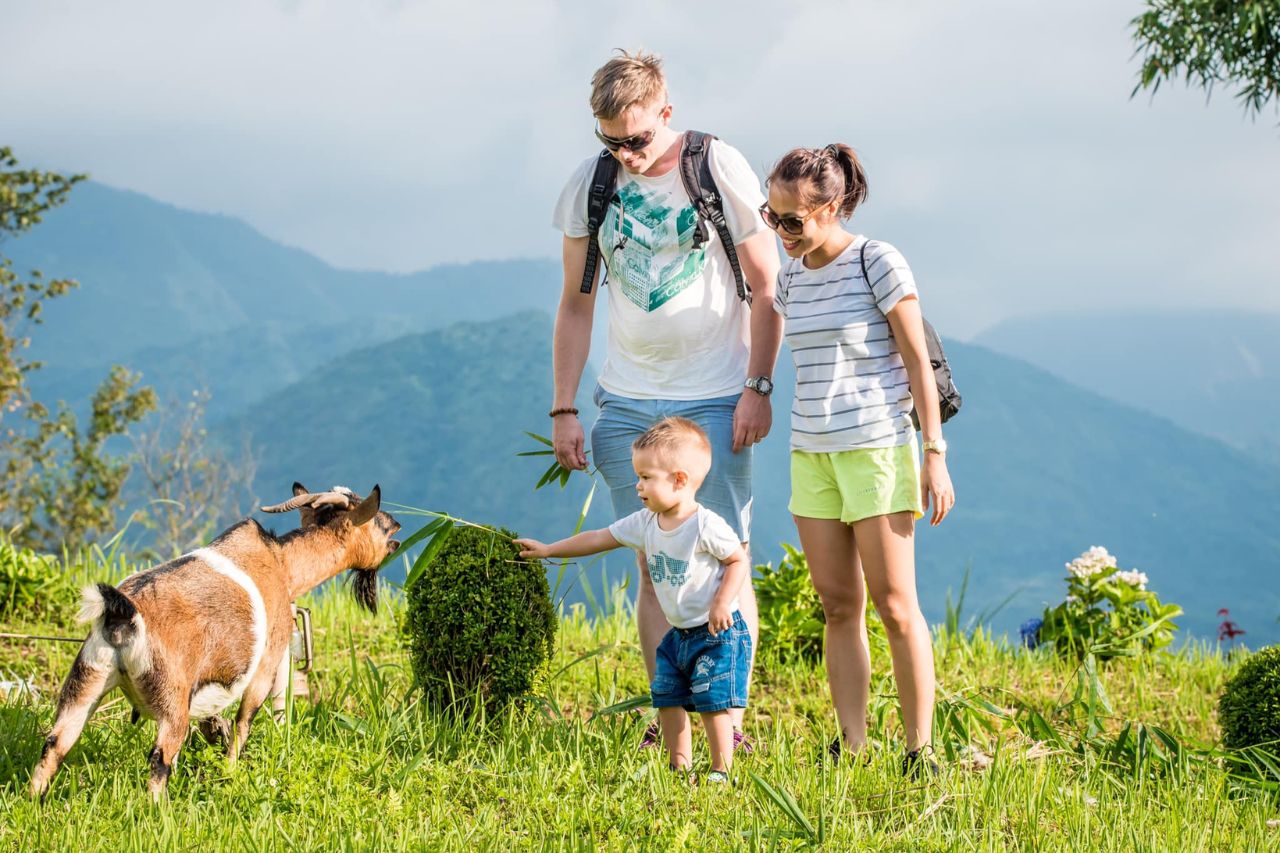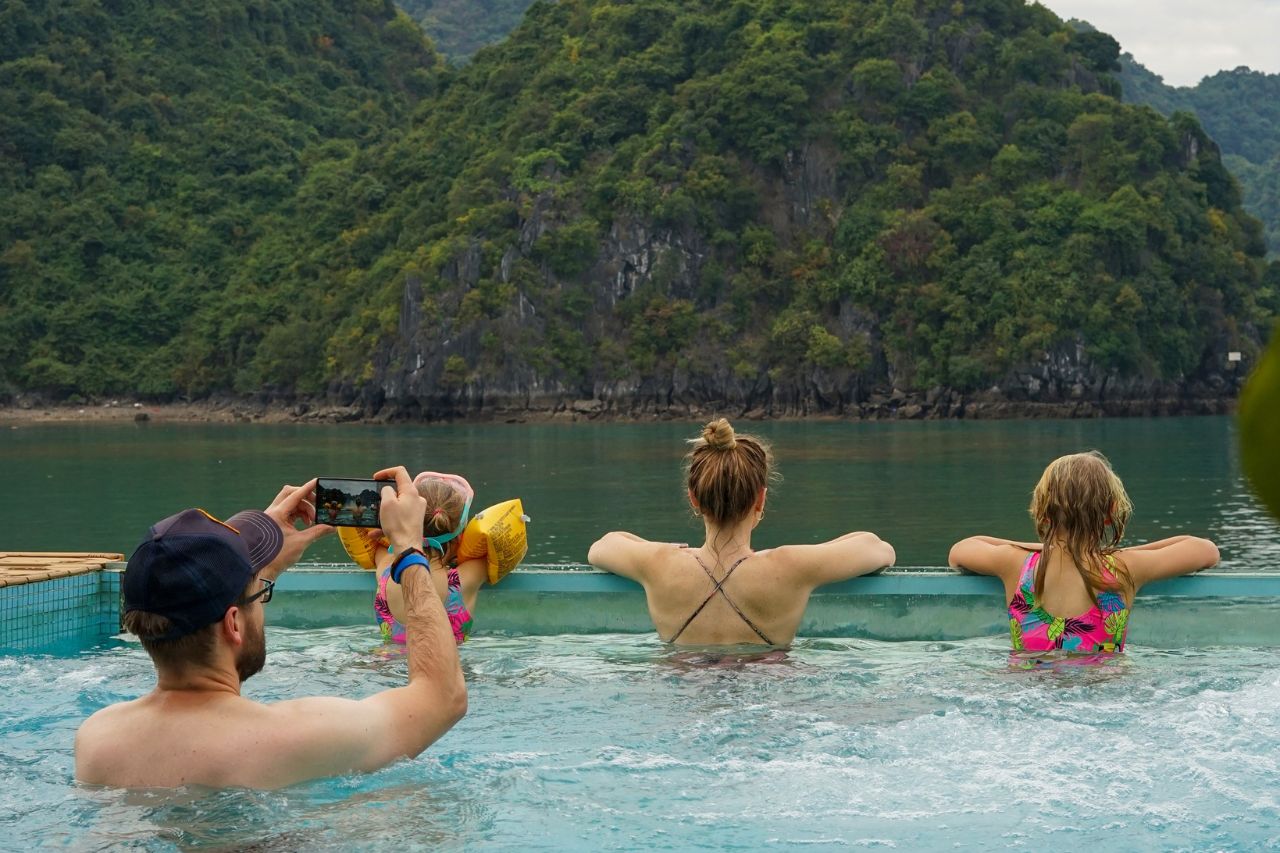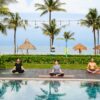Vietnam’s coastline stretches over 3,000 kilometers, offering a diverse array of coastal towns that blend natural beauty, rich history, and vibrant culture. From the lantern-lit streets of Hoi An to the pristine beaches of Phu Quoc, each destination provides a unique experience. Here’s a comprehensive guide to some of Vietnam’s most captivating coastal towns.
Hoi An: The Timeless Charm

Hoi An, a UNESCO World Heritage Site, is renowned for its well-preserved ancient town, characterized by narrow streets, traditional wooden houses, and colorful lanterns. The town’s architecture reflects a fusion of indigenous and foreign influences, including Chinese, Japanese, and European styles.
Highlights:
-
Ancient Town: Stroll through the historic streets, visit the iconic Japanese Covered Bridge, and explore ancient temples and merchant houses.
-
Tailoring Services: Hoi An is famous for its skilled tailors who can craft custom clothing within a day or two.
-
Culinary Delights: Savor local specialties like Cao Lau noodles and White Rose dumplings.
-
An Bang Beach: Just a short bike ride from the town center, this beach offers a serene escape with its white sands and clear waters.
Best Time to Visit: February to April, when the weather is pleasant, and rainfall is minimal.
Da Nang: The Coastal Metropolis

Da Nang, Vietnam’s third-largest city, seamlessly blends urban development with natural beauty. Its coastline boasts some of the country’s most famous beaches, while the city itself is a hub of modern architecture and cultural sites.
Highlights:
-
My Khe Beach: Often referred to as “China Beach,” it’s ideal for swimming, sunbathing, and surfing.
-
Marble Mountains: A cluster of five marble and limestone hills, each representing one of the five elements. Explore caves, tunnels, and pagodas nestled within.
-
Dragon Bridge: A modern engineering marvel that breathes fire and water on weekend nights.
-
Ba Na Hills: Home to the famous Golden Bridge held by giant stone hands, offering panoramic views of the surrounding mountains.
Best Time to Visit: March to May and September to November, avoiding the peak summer heat and rainy season.
Nha Trang: The Beach Capital

Nha Trang is a bustling coastal city known for its vibrant nightlife, scuba diving spots, and a long stretch of sandy beach. It’s a favorite among both local and international tourists.
Highlights:
-
Tran Phu Beach: A central beach lined with palm trees, restaurants, and bars.
-
Vinpearl Land: An amusement park located on Hon Tre Island, accessible via a scenic cable car ride over the sea
-
Po Nagar Cham Towers: Ancient Hindu temples dating back to the 7th century, offering insights into the Cham civilization.
-
Diving and Snorkeling: Explore coral reefs and marine life around Hon Mun Island.
Best Time to Visit: January to August, with the driest months being February to April.
Mui Ne: The Windy Paradise

Once a quiet fishing village, Mui Ne has transformed into a haven for wind and kite surfers, thanks to its consistent winds and waves. The town also offers unique natural attractions.
Highlights:
-
Sand Dunes: Visit the Red and White Sand Dunes, where you can try sand sledding or enjoy sunrise and sunset views.
-
Fairy Stream: A shallow stream that winds through red and white sand cliffs, creating a surreal landscape.
-
Fishing Village: Experience local life and enjoy fresh seafood by visiting the traditional fishing village.
-
Water Sports: Ideal conditions for windsurfing, kitesurfing, and sailing.
Best Time to Visit: November to March, when the winds are strongest, and the skies are clear.
Phu Quoc: The Island Escape

Phu Quoc, Vietnam’s largest island, is a tropical paradise with pristine beaches, lush forests, and a laid-back atmosphere. It’s perfect for those seeking relaxation and nature exploration.
Highlights:
-
Sao Beach: Known for its powdery white sand and turquoise waters.
-
Phu Quoc National Park: A UNESCO Biosphere Reserve, offering hiking trails through dense forests and diverse wildlife.
-
Night Market: Sample local delicacies, shop for souvenirs, and enjoy the island’s vibrant evening scene.
-
Snorkeling and Diving: Explore coral reefs around the An Thoi Archipelago.
Best Time to Visit: November to March, during the dry season with calm seas and clear skies.
Quy Nhon: The Hidden Gem

Quy Nhon remains off the beaten path, offering unspoiled beaches and a glimpse into authentic Vietnamese coastal life.
Highlights:
-
Ky Co Beach: A secluded beach with crystal-clear waters, ideal for swimming and snorkeling.
-
Eo Gio: A coastal area with unique rock formations and panoramic sea views.
-
Cham Towers: Historical sites reflecting the Cham civilization’s architectural prowess.
-
Local Cuisine: Enjoy fresh seafood dishes like banh xeo (Vietnamese pancakes) and bun thit nuong (grilled pork with noodles).
Best Time to Visit: February to August, avoiding the rainy season.
Cat Ba Island: Adventure and Nature

Located near the famous Ha Long Bay, Cat Ba Island offers a mix of adventure activities and natural beauty, making it a favorite among backpackers and nature enthusiasts.
Highlights:
-
Cat Ba National Park: Home to diverse flora and fauna, including the endangered Cat Ba langur. Hiking trails lead to scenic viewpoints.
-
Lan Ha Bay: A quieter alternative to Ha Long Bay, perfect for kayaking and exploring limestone karsts.
-
Beaches: Relax on Cat Co 1, 2, and 3 beaches, known for their clear waters and surrounding cliffs.
-
Rock Climbing: The island’s limestone cliffs offer excellent climbing opportunities for all levels.
Best Time to Visit: April to November, with the best weather conditions for outdoor activities.
Lang Co Beach: A Tranquil Bay Between Mountains and Sea

Tucked between the Hai Van Pass and Bach Ma National Park, Lăng Cô is a quiet coastal town known for its crescent-shaped bay, clear turquoise waters, and relaxed atmosphere. Once a royal retreat during the Nguyen Dynasty, Lăng Cô is now a hidden gem for travelers seeking peace and natural beauty.
Highlights:
-
Lăng Cô Beach: A long stretch of white sand lined with casuarina trees, perfect for swimming or simply lounging under the sun.
-
Hai Van Pass: Take a motorbike ride over this scenic mountain road with panoramic views of the sea and lush hills.
-
Lap An Lagoon: A photogenic brackish lagoon with mirror-like reflections, especially stunning at sunset. Try fresh oysters and local seafood here.
-
Bach Ma National Park: Just a short drive away, offering nature trails, waterfalls, and cool mountain air for a refreshing day trip.
Best Time to Visit: April to August, when skies are clear and the water is calm for swimming.
Ho Tram Beach: The Emerging Luxury Escape

Located just two hours from Ho Chi Minh City, Hồ Tràm is rapidly emerging as a favorite weekend getaway for urban dwellers. With its quiet beaches, upscale resorts, and natural surroundings, Hồ Tràm combines relaxation with a touch of luxury.
Highlights:
-
Hồ Tràm Beach: A wide, clean, and relatively undeveloped beach — ideal for long walks and watching the sunrise.
-
The Bluffs Golf Course: A world-class golf course designed by Greg Norman, offering spectacular coastal views.
-
Binh Chau Hot Springs: Natural hot springs and mud baths in a nearby forested area, great for wellness and relaxation.
-
Resorts and Spas: Hồ Tràm is home to several high-end beachfront resorts that offer full-service spas, infinity pools, and fine dining.
Best Time to Visit: November to April, during the dry season with sunny days and cooler temperatures.
Travel Tips for Vietnam’s Coastal Towns
-
Transportation: Vietnam’s coastal towns are well-connected by domestic flights, trains, and buses. Renting a motorbike is a popular way to explore local areas.
-
Currency: The Vietnamese Dong (VND) is the official currency. Credit cards are accepted in major establishments, but cash is preferred in smaller towns.
-
Language: While English is spoken in tourist areas, learning basic Vietnamese phrases can enhance your experience.
-
Etiquette: Dress modestly when visiting temples and religious sites. Always ask for permission before taking photos of locals.
-
Safety: Vietnam is generally safe for travelers. However, always keep an eye on your belongings and be cautious when engaging in water sports.

Vietnam’s coastal towns offer a rich tapestry of experiences, from cultural explorations in ancient towns to adrenaline-pumping water sports and serene beach retreats. Whether you’re a history buff, adventure seeker, or someone looking to unwind by the sea, Vietnam’s coastline has something special for you.
